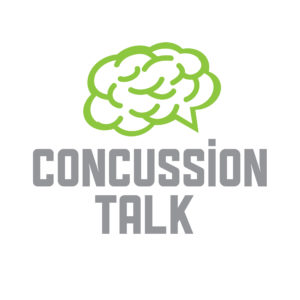I have been reading What the Dog Saw by Malcolm Gladwell and one chapter, in particular, got me thinking, naturally, about brain injury and how it is approached by medical researchers, support groups, and the general public. The chapter is titled “Open Secrets” and it is about mysteries and puzzles and the differences between them. As a ‘case study’ (for lack of a better term), Gladwell discusses Enron and the fate that befell that disgraced company. Enron, its management and accounting practices, was a puzzle that investors, business reporters, and eventually prosecutors were trying to solve: How did it consistently make more money than made sense? It’s a puzzle because a puzzle is something you can solve if you gather enough information. Enron wasn’t hiding information, they were using a different method of displaying that information such that it was exceedingly indiscernible (mark to market accounting, special purpose entities – SPE, letting them through tax loop holes). Gladwell states that puzzles are “transmitter dependent”, they rely on what we are told. Mysteries, however, are “receiver dependent”, they rely on the listener and their ability to figure out what it all means (using judgement and the assessment of uncertainty). It seems that, in complicated instances such as Enron’s, there comes a point where a puzzle becomes so convoluted that it appears to be a mystery (even though all of the information is available) and judgement skills must also be used. That was a long way of saying that brain injury shouldn’t be treated strictly as a puzzle or mystery, but as a combination of both.
Brain injuries are puzzles. We know that a concussion and other serious brain injuries result from a trauma that causes the brain to bang against the inside of the skull. We know that strokes cause brain injury by inhibiting the flow of blood (and oxygen) to parts of the brain. We know that brain tumours cause brain injuries via the pressure that the growth of the tumour puts on the brain. Exposure to some chemicals can also cause brain injuries. We know and have the medical and scientific research data to know or at least discover the proximate causes of many, especially common, brain injuries.
Brain injuries are mysteries. The proximate causes aren’t. What to do about them is. Part of the chapter “Open Secrets” in Gladwell’s book also discusses  the idea of too much information. Enron had three thousand SPE’s with probably about a thousand pages of information on each. That means that, in the end, full disclosure would have been around three million pages. Too much information. Are we getting there with brain injuries? I think so.
There is a tremendous amount of focus on the causes of brain injuries. Certain facts about life should be recognized as well. Brain injuries will happen. We are human beings. Our relatively soft brain sits in our very hard head on top of our body. People are of varying sizes. Gravity exists. Objects and people fall when you’d least expect it. Any person who suspects they’ve hit their head too hard should see a doctor and rest. This needn’t be where the brain injury mystery ends. A mystery is fluid and continuous. Different people will have different issues. New issues will arise.
Spending all our focus, time, and money on prevention ignores basic truths about life. We each have only one brain. Time travel doesn’t exist. If you smack your head, you smacked your head. That happened. Talking about how it could’ve been prevented is a good way to prevent it from happening again, but it still happened. Dealing with it is the fate of the brain injured person, but they don’t need to face it alone, and they don’t need to believe that society has given up on the mystery. There are plenty of smart and caring people out there, people who aren’t afraid of the continuous uncertainty. If brain injuries are neither puzzles nor mysteries, then they can’t be ‘solved’. They are a fact of society and dealing with them falls on society as well.
